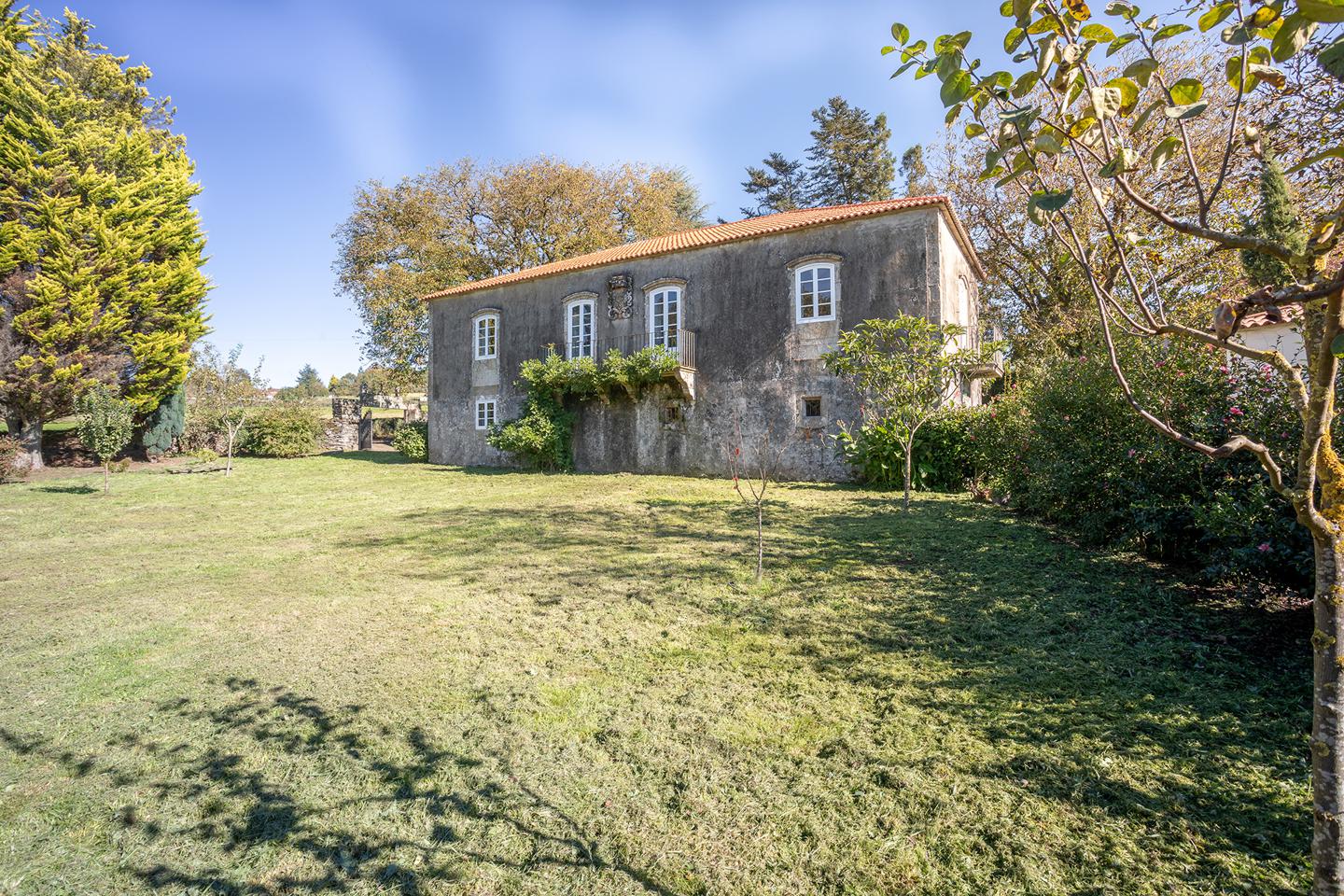Lace up your walking boots!
Personal growth, religious devotion or cultural tradition: whatever the reason, everyone should walk the famous Camino de Santiago at least once. Stepping on to the iconic Plaza del Obradoiro is an emotional milestone every pilgrim dreams of reaching. As the centuries have passed, the routes to that iconic end point have increased in number to almost 300. The best known routes, however, amount to fewer than a dozen, all famed for their natural beauty and cultural heritage.
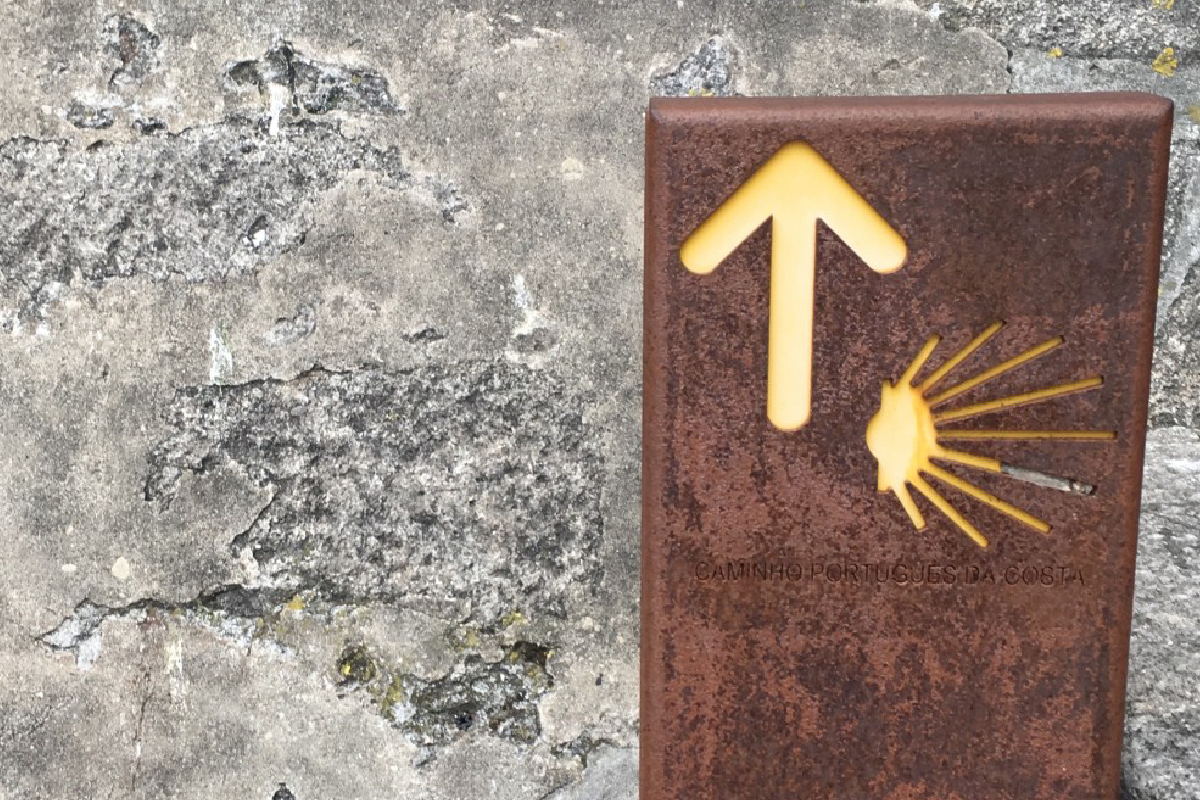
Legend has it that back in the 9th century, Alfonso II of Asturias, nicknamed the Chaste, ordered that the remains of Santiago the Apostle be moved from Iria Flavia to the Cathedral that bears his name today. The King had to travel from Oviedo, which at that time was the capital of the Kingdom of Asturias, to the Apostle's tomb, making him the first pilgrim in history, and the route he took - the origin of what we know today as the Camino Primitivo - the very first "Way of St. James".
This first ever pilgrimage was followed over the years by a great many others, from various different parts of the world, and there are now 286 routes on record covering almost 80,000 km in 28 countries. As well as the Camino Primitivo, here's a list of some of the best-established ones. The Camino Francés or the French Way is the most traditional, internationally recognised route. It starts in the Pyrenees, from Orreaga - Roncesvalles or from Somport, and covers the regions of Aragón, Navarra, La Rioja, Castilla y León and Galicia. The Vía de la Plata or Silver Way, runs from Seville to Astorga, where it joins the Camino Francés. The Camino Portugués or Portuguese way begins in Lisbon, and the Camino del Norte or Northern Way, also known as the Ruta de la Costa or the Coastal Route, starts in Irún and is the longest Camino de Santiago route in Spain at 824 km. The Camino del Ebro along the river Ebro begins at the mouth of the Ebro and tracks the course of the river to Logroño, where it links in with the Camino Francés. The Camino del Sureste or southeast route has three starting points - Valencia, Alicante and Cartagena - which converge at Albacete to continue through Toledo, Ávila and Salamanca, later joining the Vía de la Plata in Zamora and the Camino Francés en Astorga. The Camino Manchego links Ciudad Real with Toledo and then joins the Camino del Sureste, and the Ruta de la Lana or the Wool Route runs from the Levante, traversing inland terrain in Cuenca and Guadalajara followed by Alto Duero, Silos and Covarrubias to reach Burgos. Finally, the Camino Catalán or Catalan Way sets out from the Montserrat monastery and branches out to link with both the Camino Francés in Logroño and the Camino Francés via Aragón in Santa Cilia.
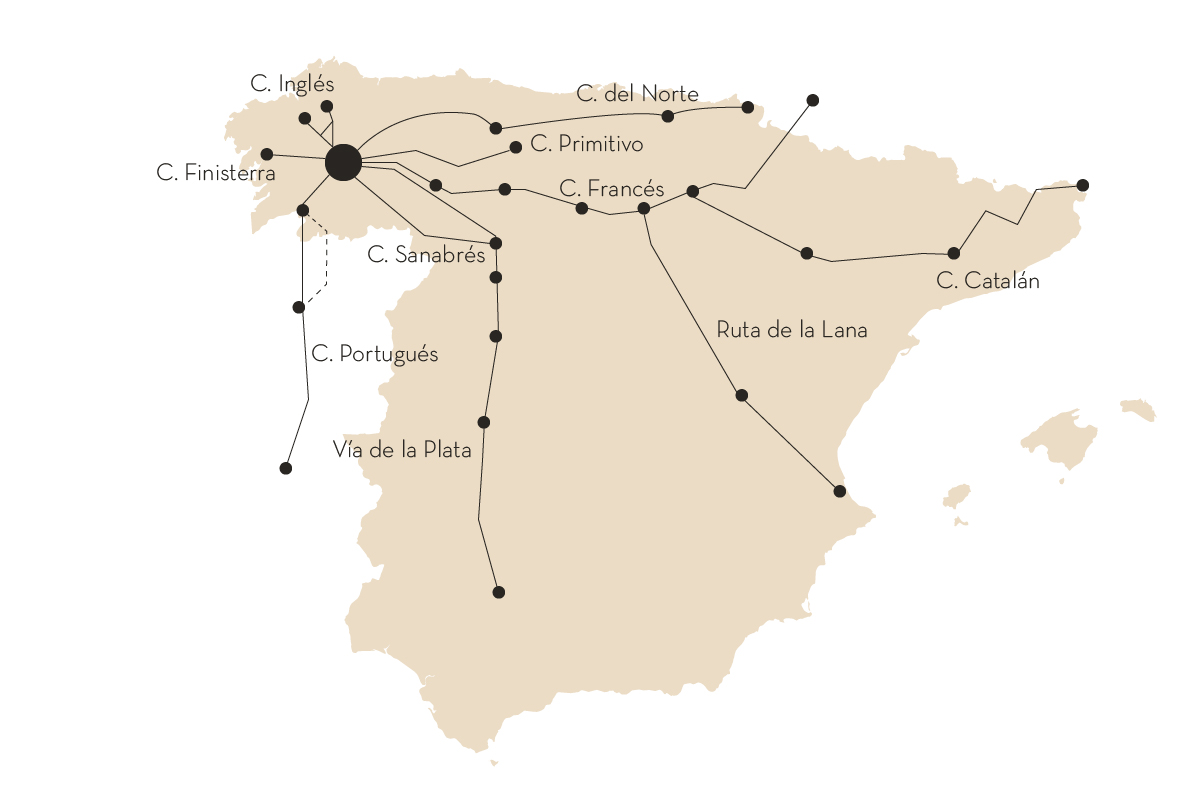
The Camino de Santiago is much more than just a religious pilgrimage to the Apostle's tomb. Over the years, it has gained global recognition as a route of tremendous cultural, artistic and social importance, and was declared a UNESCO World Heritage Site in 1993. For many people it is even more than that; a once-in-a-lifetime experience, a chance to reflect, to get to know themselves better, to fulfil a resolution and make a lifelong dream come true.
Valladolid, Lugo, Asturias, Pontevedra and Guadalajara
If you're planning to walk the Camino, grab your backpack, hat, hiking stick and comfy shoes and get ready for one of the most unforgettable experiences of your life. But if that's not enough for you and you want to relocate and spend a bit more time in the area, The Singular Space has a series of properties for sale that you will love. How about this extraordinary estate and unique period home in Valladolid, smack bang on the Camino de Santiago, where the Spanish philosopher Ortega y Gasset spent many a happy summer.
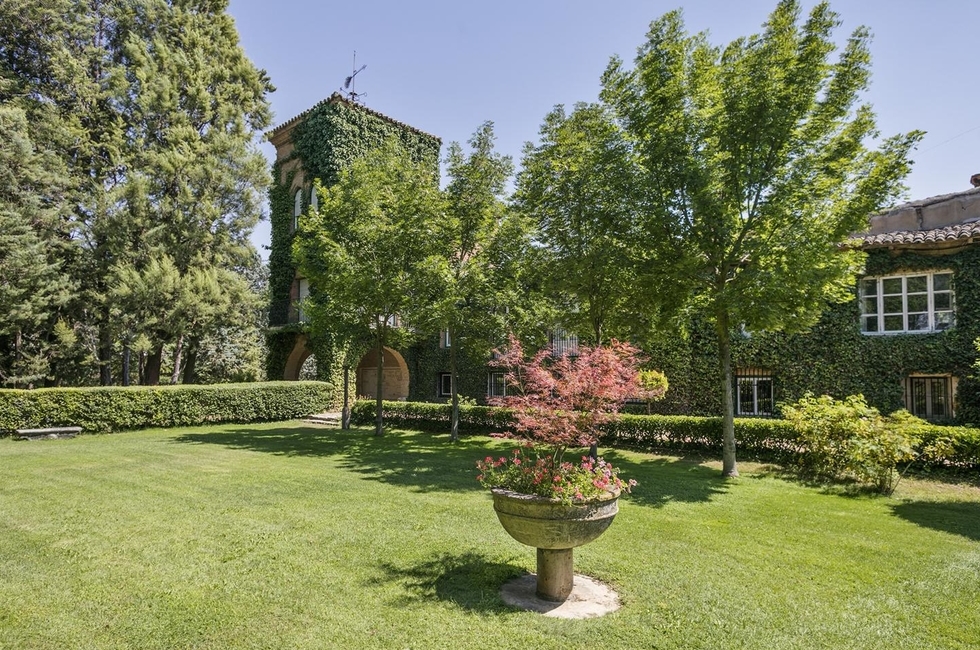
This handsome stone period house is located in an idyllic village setting in Lugo, very close to the Camino Francés. It is set in a small hamlet composed of just eight houses (XVIII century) and makes an ideal base for enjoying the tranquillity of rural Galician life.
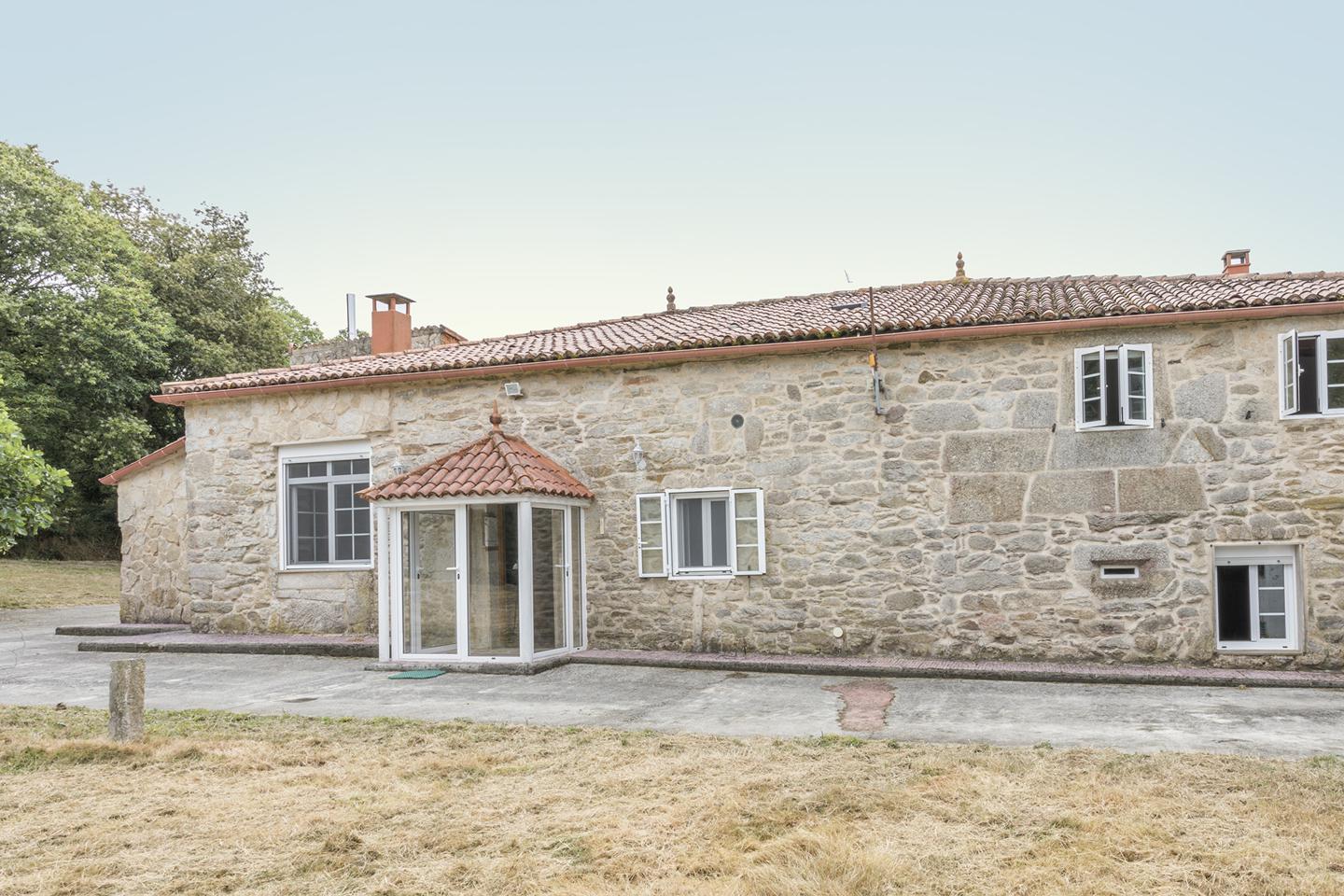
This imposing eighteenth-century Asturian palace is a listed heritage site with excellent bones. It includes a chapel, cloistered garden, and intriguing outbuildings in dramatic Cape Peñas, very close to the Camino Norte de Santiago.
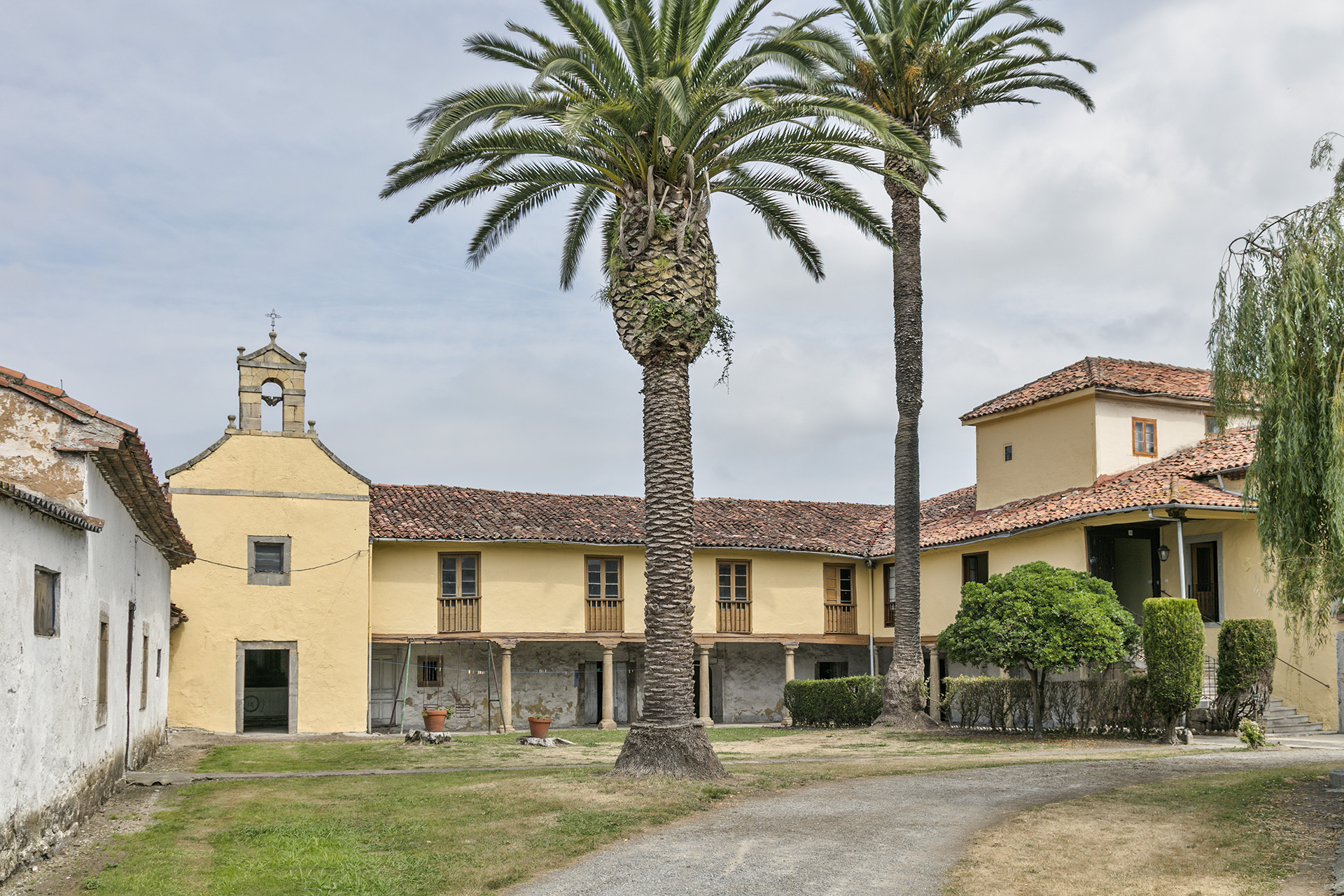
In a privileged position on the Ruta de la Lana in the province of Guadalajara is this charming 19th century country home equipped with all mod cons.
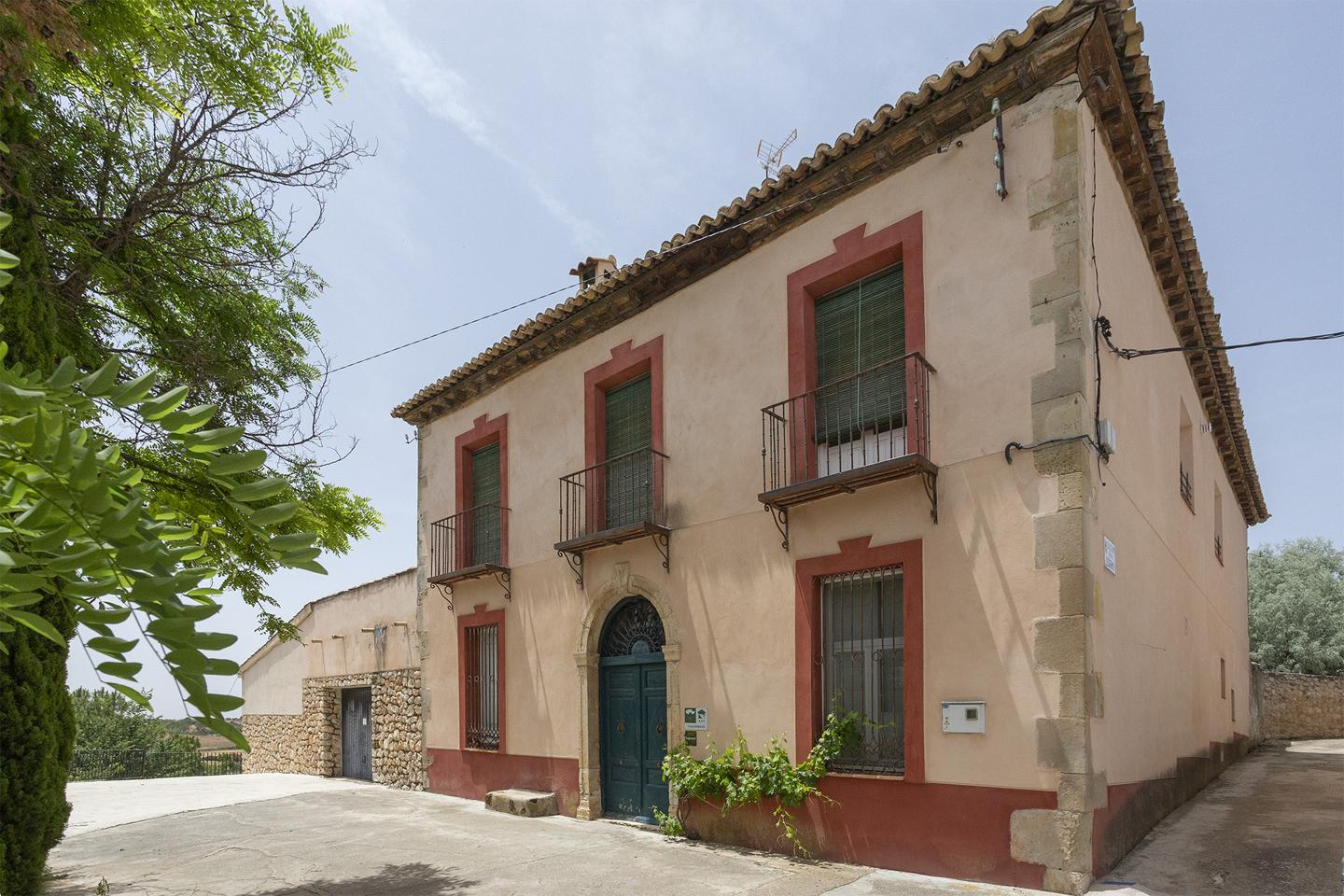
Sixteenth-century Galician stately home located on the Camino de Santiago’s storied Vía de la Plata, in the town of Lalín (Pontevedra). Dating back more than a century, it retains is original structure and includes a luxuriant garden and breathtaking views.
